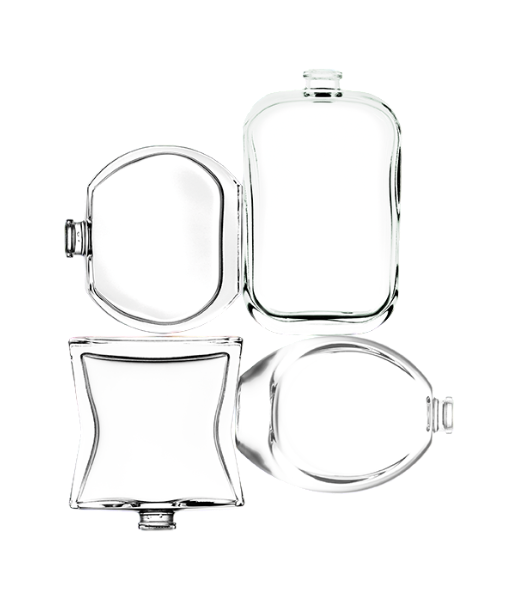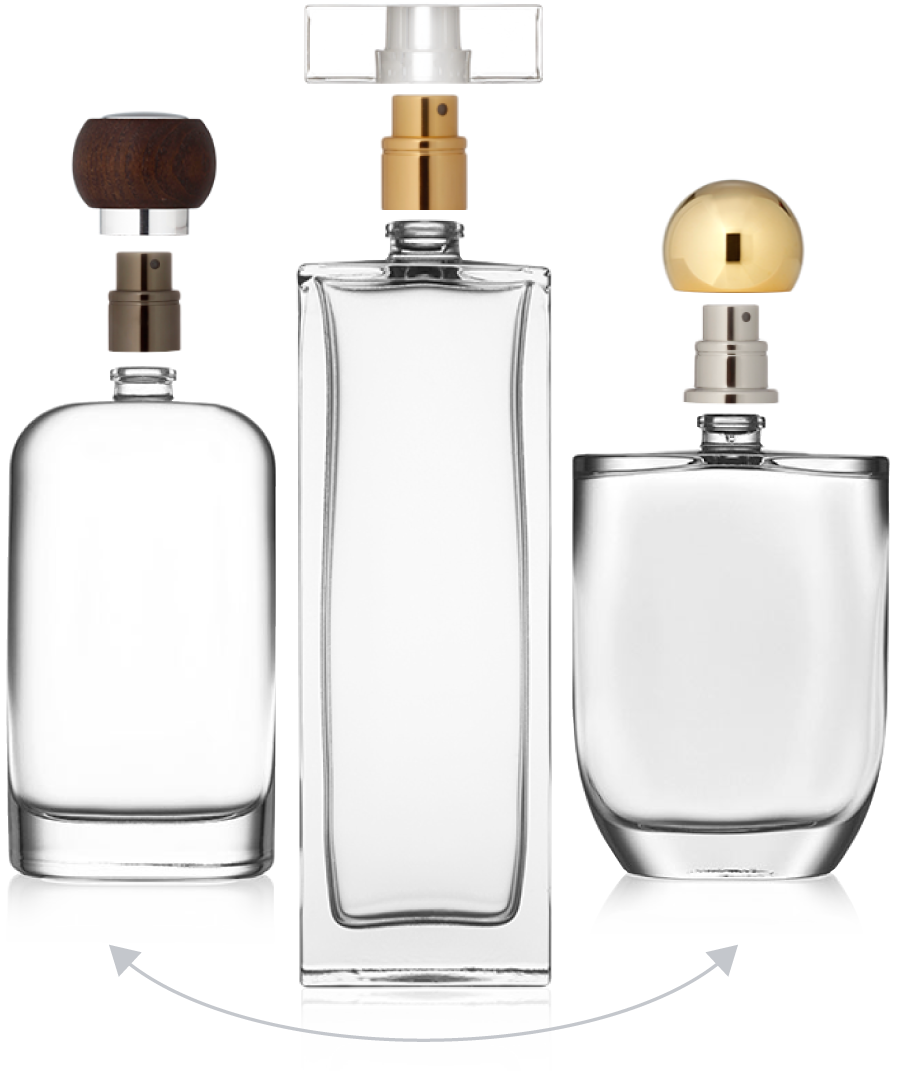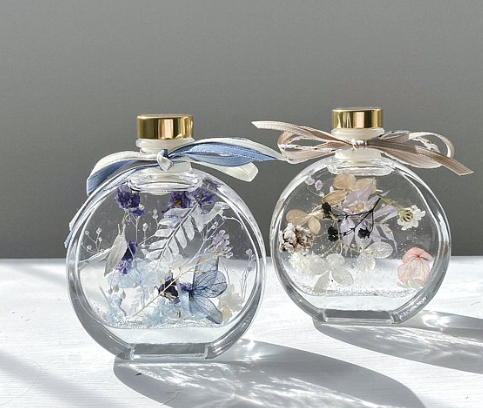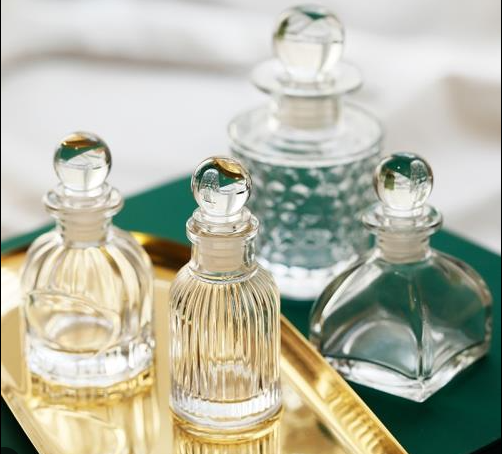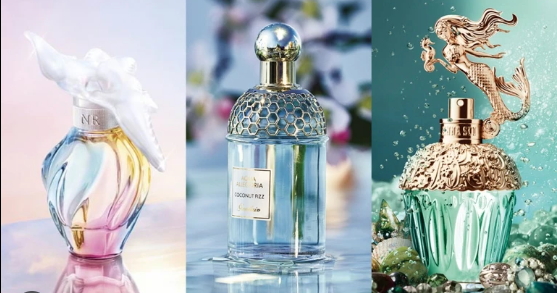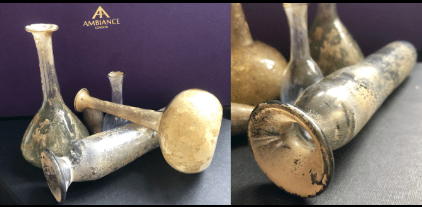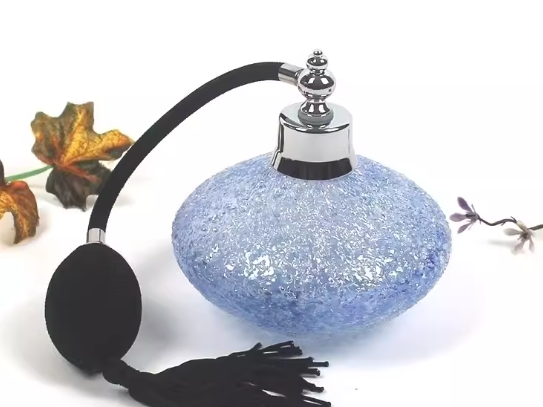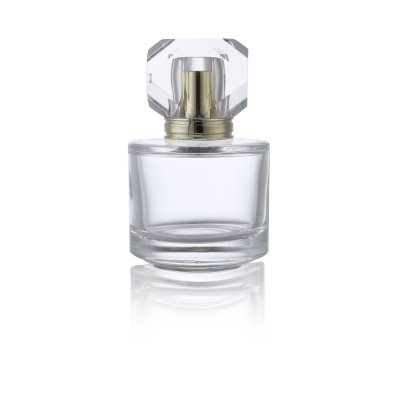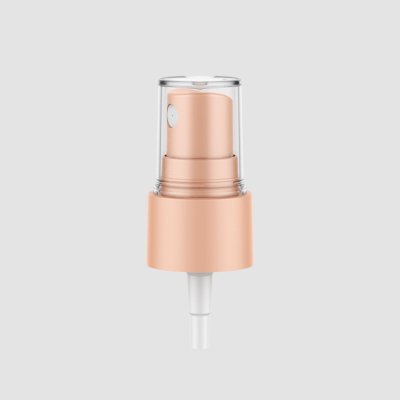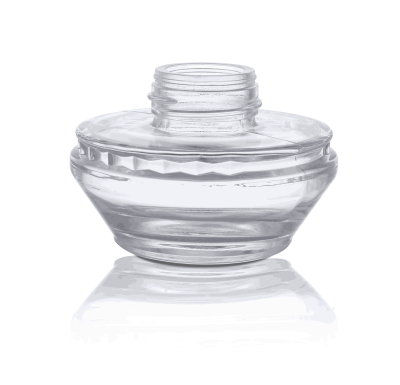Perfume Bottle's Journey Through Time: From Antiques to Modern Trends, How Has Perfume Bottle Design Evolved?
Perfume Bottle's Journey Through Time: From Antiques to Modern Trends, How Has Perfume Bottle Design Evolved?
The design of perfume bottles plays a pivotal role in the perfume industry. This is not merely because they need to safely store the perfume, but also because they play a central part in conveying brand messages and the character of the fragrance. A unique and eye-catching perfume bottle can stand out among numerous products, attracting the attention of consumers and even conveying the unique style and brand value of the perfume without any textual description.
Firstly, perfume bottle design is an important carrier of brand identity and image. Brands use design elements such as shape, color, material, and decorative details to convey their unique brand stories and values. For example, a luxury brand's perfume might opt for an exquisite glass bottle with gold embellishments to convey its high-end, elegant brand image. Secondly, the design of the perfume bottle is closely related to the scent and character of the perfume. Designers use the visual elements of the bottle to hint at the type and feeling of the perfume to consumers. For instance, a perfume with a fresh citrus note might have a bottle with bright colors and a light design to reflect its refreshing, lively scent characteristics.
Moreover, perfume bottle design is a stage for creative expression. Designers can employ innovative designs, unconventional materials, or special opening mechanisms to showcase creativity, thus shaping a unique artistic image for the brand. This innovation is not just for aesthetics; it is also to establish unique brand recognition in a highly competitive market.
Historical Development of Perfume Bottle Design
Ancient Times to the Early Middle Ages: Perfume was already in use during ancient Egypt and Rome periods. However, the "perfume bottles" of those times were mostly small ceramic or glass flasks or jugs, with functionality outweighing aesthetis.
Middle Ages: During the Middle Ages, the use and production of perfume were dominated by monasteries, and perfume bottle designs were relatively simple, focusing on practicality.
Renaissance to the 19th Century:
Renaissance Period: Perfume began to become a luxury item for the aristocracy. Perfume bottles of this period started to exhibit more refined craftsmanship, such as small bottles made of gold and silver, adorned with complex decorations and religious symbolism
18th Century: With advances in glass manufacturing technology, transparent glass bottles became popular. These bottles were usually decorated with delicate patterns and gold or silver leaf.
20th Century to Present:
Early 20th Century: At the beginning of the 20th century, as the perfume industry became commercialized, perfume bottle designs became more varied and bold. Notable designs like Chanel's "N°5" bottle stood out with its minimalist lines and modern feel.
Mid-20th Century: Mid-20th century saw designers collaborating with perfume brands to create unique bottles, such as Salvador Dali designing the "Woman's Head" perfume bottle for Schiaparelli.
Contemporary Design: Modern perfume bottle designs pay more attention to expressing brand personality, using various materials and shapes. Designs range from minimalism to luxury, from traditional craftsmanship to modern industrial design, with a wide variety of styles.
Comparison Between Past and Modern Perfume Bottle Designs
Materials and Technology: Ancient perfume bottles were primarily functional, while modern designs focus more on using a variety of materials and advanced manufacturing technologies, such as 3D printing and laser cutting.
Aesthetics and Style: Past perfume bottle designs often reflected the aesthetic standards and social trends of that era, whereas modern designs are more diverse, emphasizing personalization and the conveyance of brand stories.
Design and Market: Early perfume bottle designs were typically determined by manufacturers, whereas modern perfume bottle designs are more market-driven, emphasizing emotional connections with target consumers.
Environmental Awareness: In modern design, considerations of environmental friendliness and sustainability are becoming increasingly important, which was uncommon in past designs.
Overall, the historical evolution of perfume bottle design reflects advancements in technology, aesthetics, and societal culture, demonstrating how the perfume industry continuously innovates and adapts to changing times.

